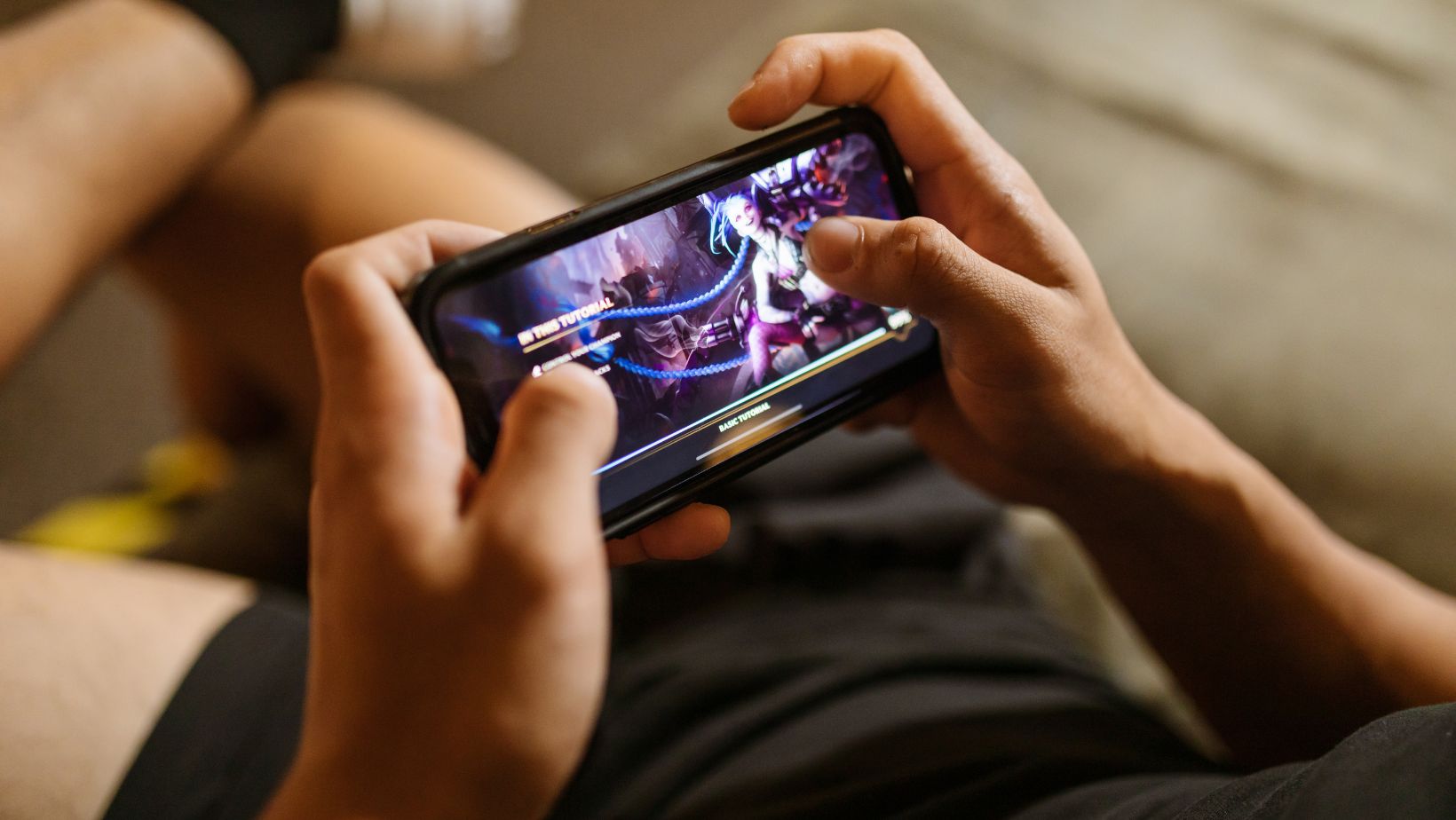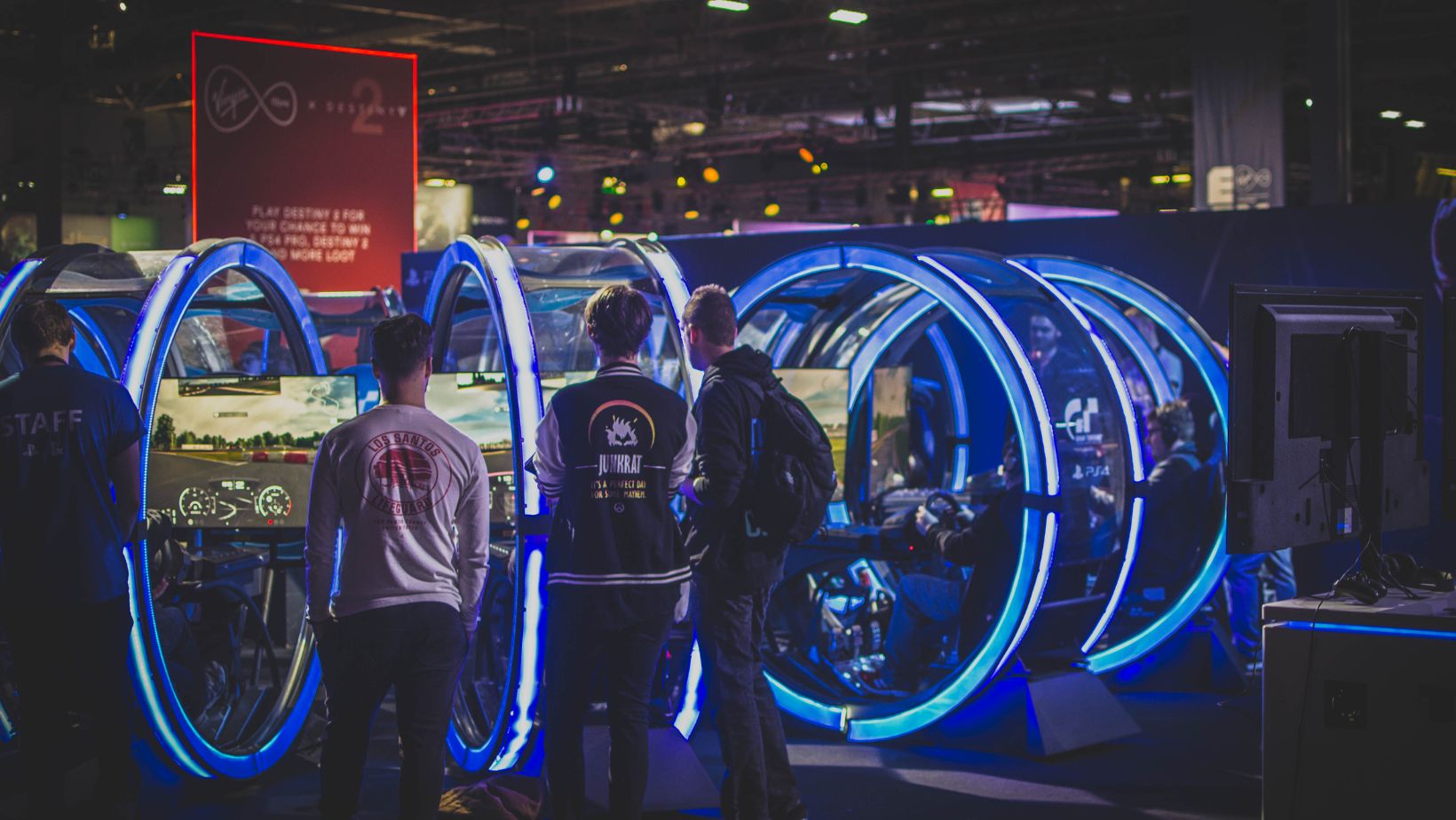Ten years ago, if someone had told me competitive gaming would fill stadiums and make millions, I’d have laughed. Back then, gaming was staying up too late, eating bad snacks, and yelling at the screen when you lost. Today? It’s a whole new ballgame.
From Arcade Machines to Packed Arenas
Remember when gaming was just a group of kids around an arcade machine, battling for the top score on “Street Fighter”? Now, gaming tournaments fill arenas. Fans scream. Banners wave. It’s like the World Cup, but with controllers. And the production value? Unreal. The League of Legends World Championship could rival the Super Bowl for spectacle. There are lights, music, and even pyrotechnics. It’s not just a tournament; it’s an event.
A few years ago, I stumbled onto a “Counter-Strike” final on Twitch. I had no idea what was happening, but I was hooked. The commentators were hyping every move, and the crowd’s energy practically jumped through the screen. Watching from your couch feels like being part of something massive. Millions of others clearly agree.
Interestingly, the betting industry was one of the first who have noticed how quickly esports is gaining traction. In a viral social media post bookiesnotongamstop.com shared insights from monitoring betting activity on their platform. According to their data, esports betting volumes are set to tie with traditional sports betting within the next 7 years. That’s not just a milestone – it’s a sign of how big esports has become.
Gaming Goes Mainstream
Here’s a surprise: gaming is cool now. Gamers aren’t just people in hoodies playing in dark rooms. They’re celebrities. Faker, Ninja – even my mom has heard of them. These players are everywhere, landing sponsorships and gracing magazine covers.
And fashion? Oh, it’s involved. Big brands team up with gaming teams for limited-edition merch that sells out instantly. Imagine Dragons performing at a League of Legends event? Yep, that happened. It’s a mash-up of pop culture and gaming that’s impossible to ignore.
The best part? The community. Esports brings people together. I’ve joined Discord chats with gamers from around the globe, bonding over shared strategies and victories. It’s like being part of a giant online family. And honestly, it’s pretty heartwarming.
Changing How We See Gaming
Gaming used to get a bad rap. “You’re wasting time!” parents would say. Now? Universities are handing out scholarships for esports. Scholarships. For gaming. If that doesn’t show how far we’ve come, I don’t know what does.
The Money Behind Esports
Esports isn’t just fun and games. It’s a money-making machine. Billions flow in from sponsorships, ads, merchandise, and tickets. In 2023, over 500 million people tuned in to watch esports. That’s more than the population of the U.S. and Canada combined. Let that sink in.
And it’s not just players making bank. Coaches, analysts, event planners – they’re all cashing in. Big brands are throwing money into esports like it’s a gold rush. Everyone wants a slice of the pie, and for good reason.
What’s Next?
Esports isn’t slowing down. Tech is pushing it forward. Virtual reality could make watching matches feel like you’re in the game. AI might create smarter training programs. And when traditional sports leagues like the NBA are diving into esports (hello, 2K League), it’s clear this isn’t a passing trend.
During the pandemic, esports thrived while traditional sports struggled. Matches moved online, and fans didn’t miss a beat. If anything, it proved that esports is built to last.
